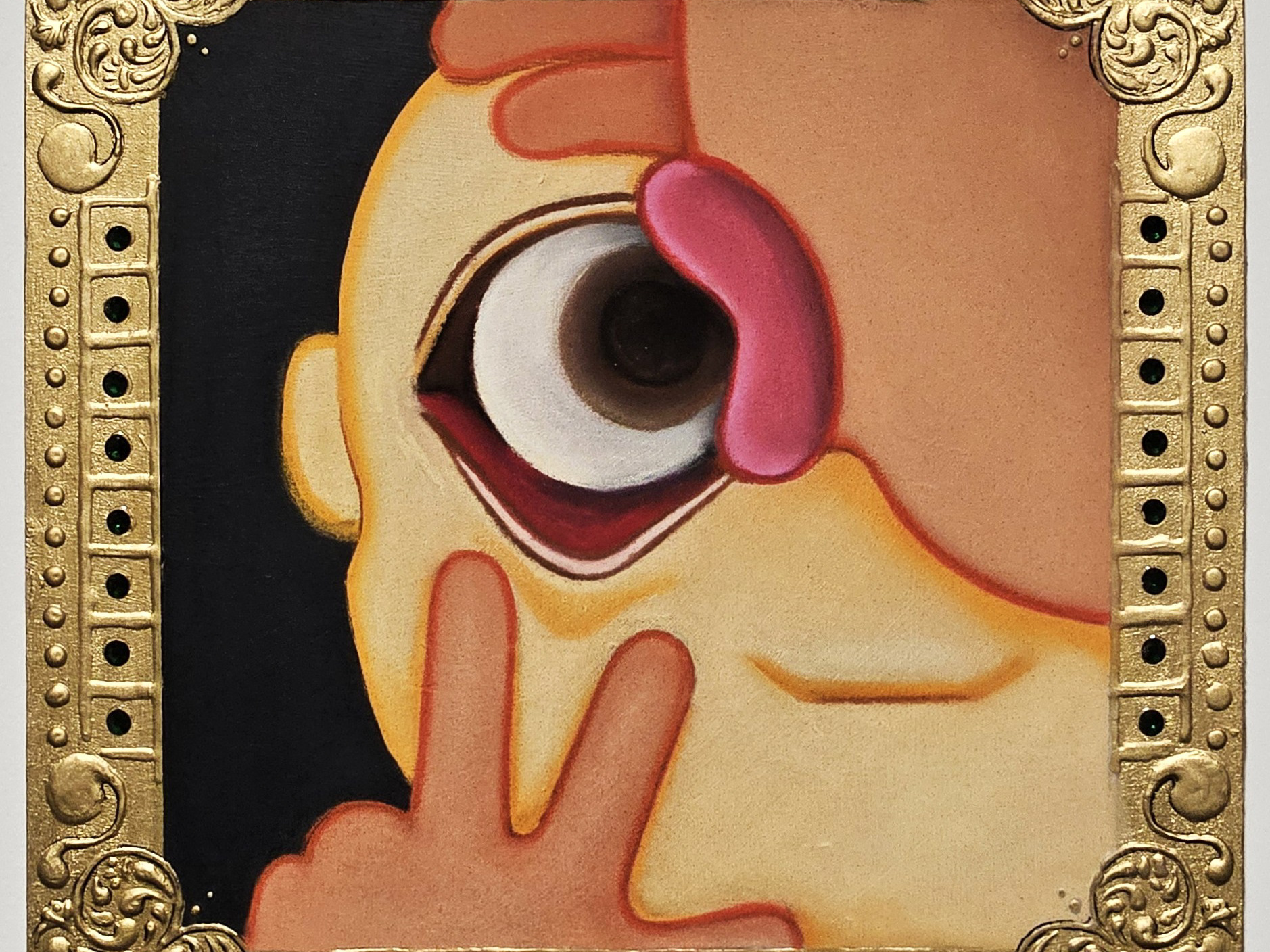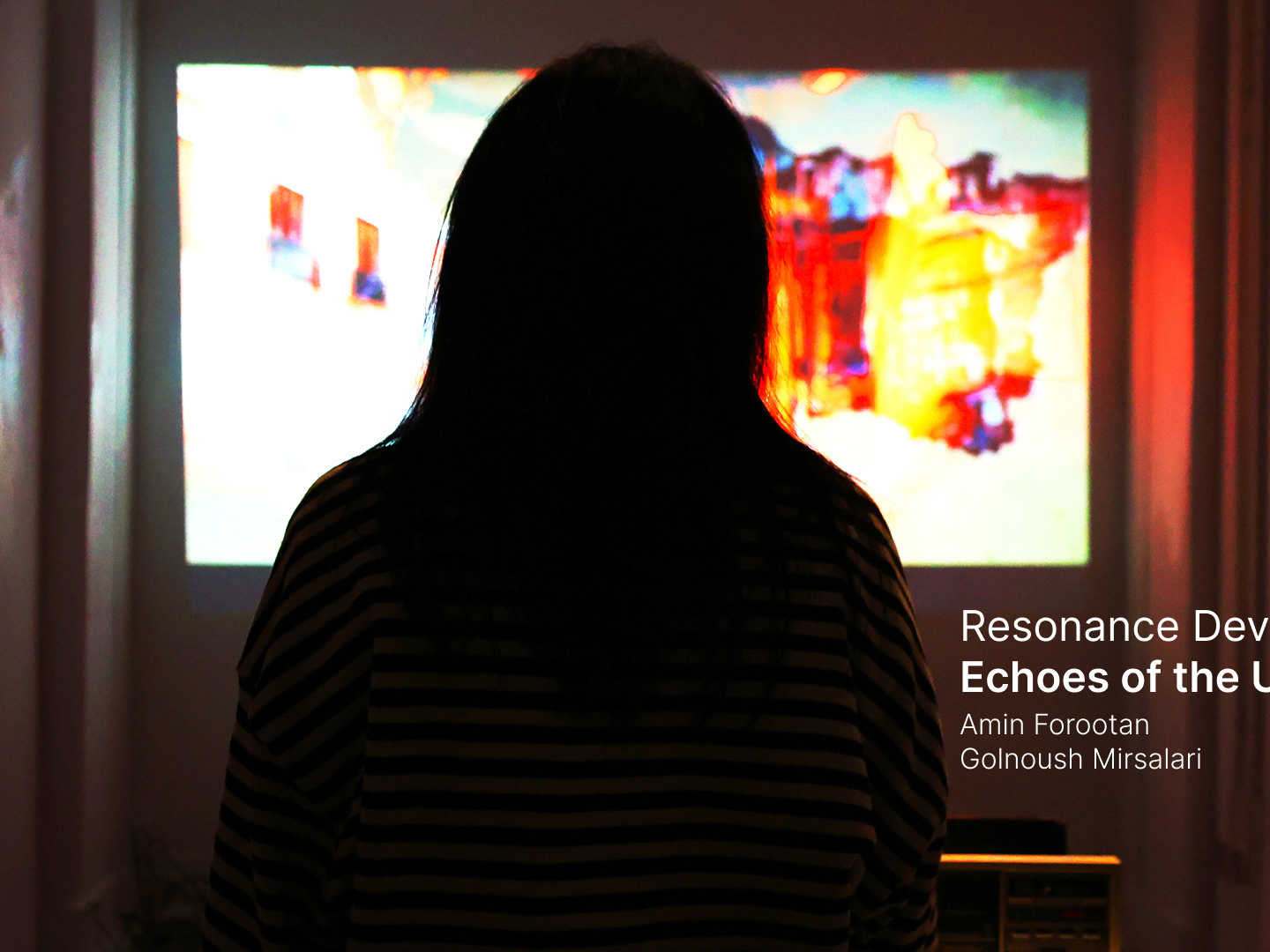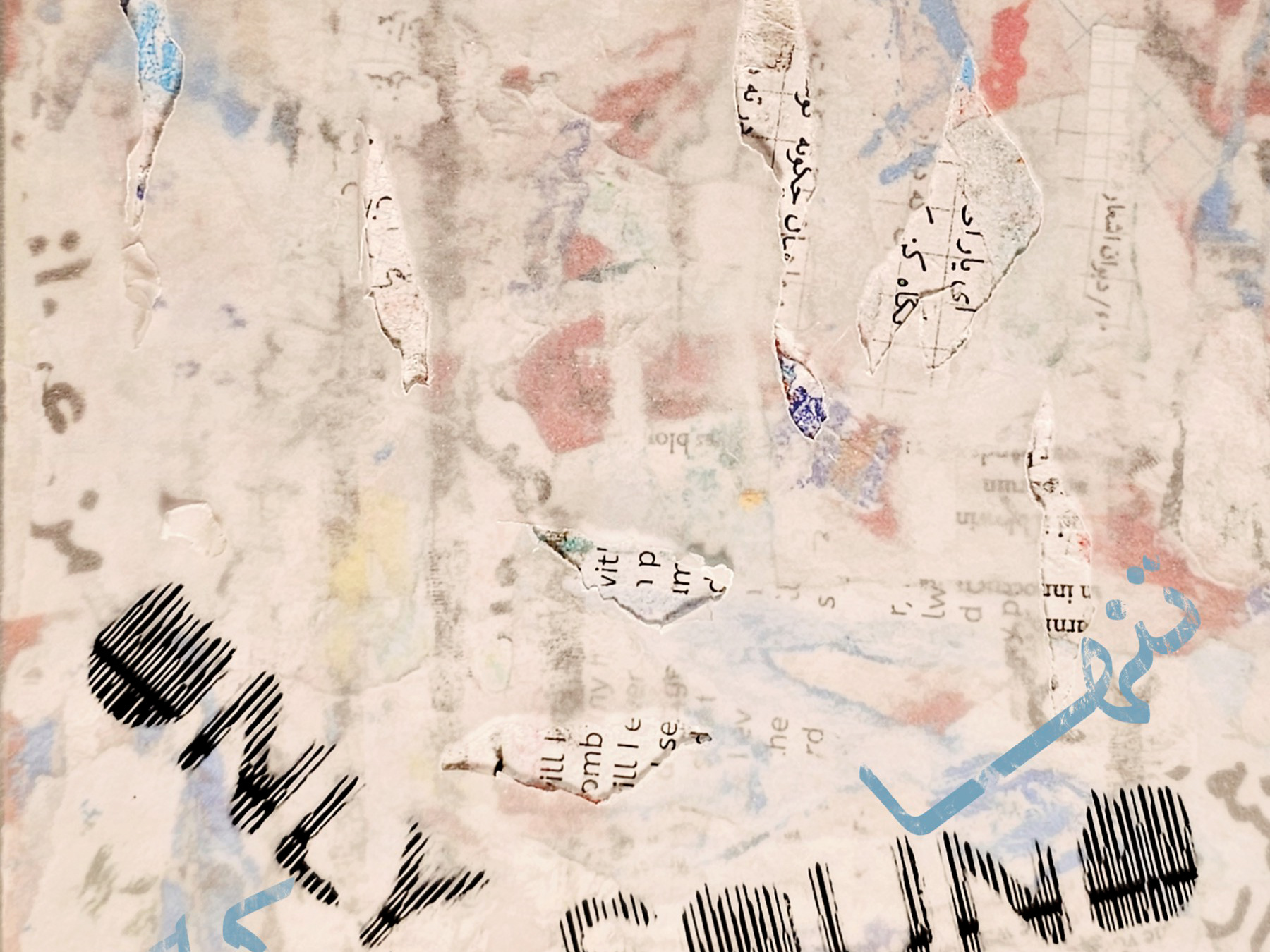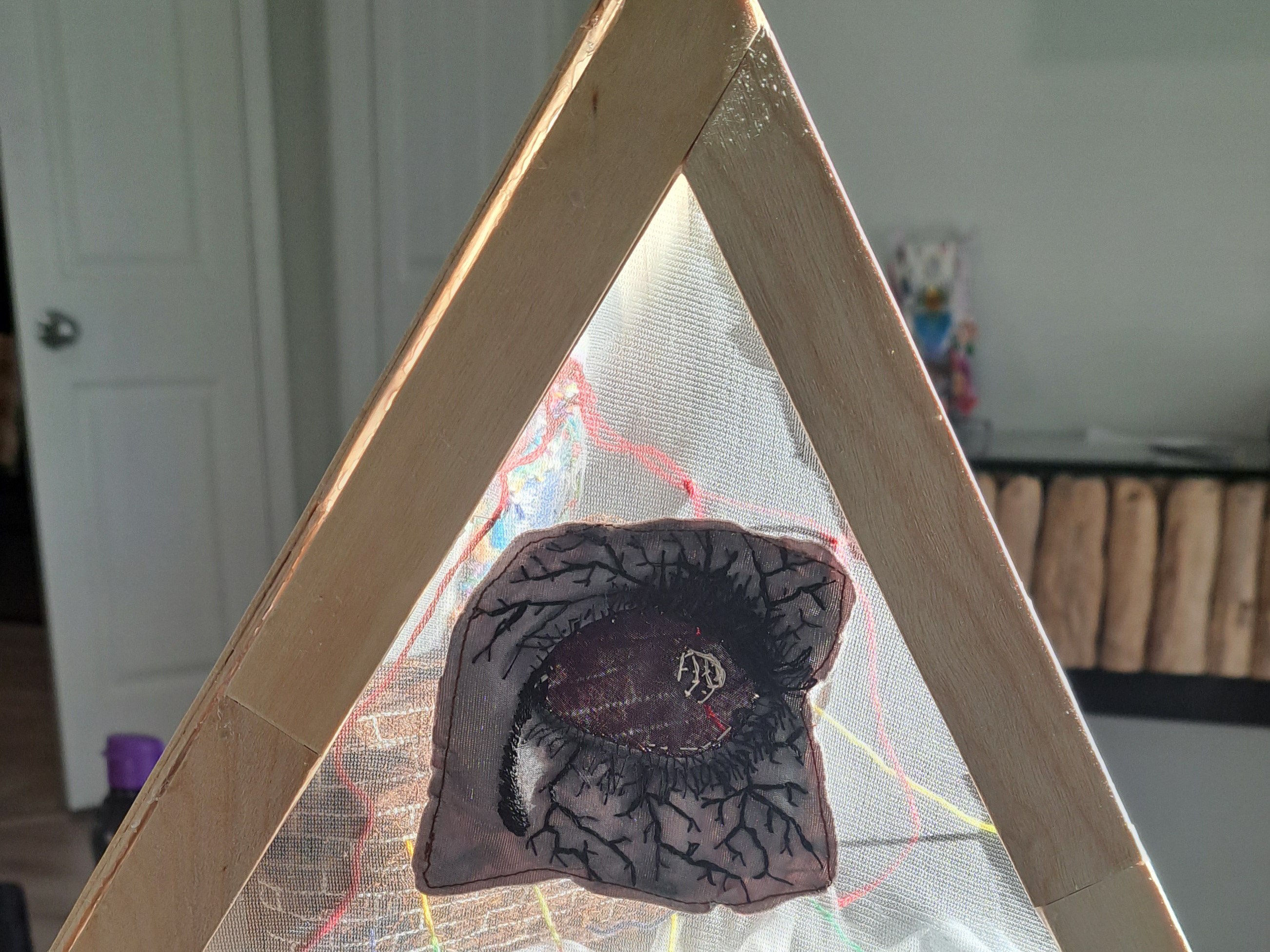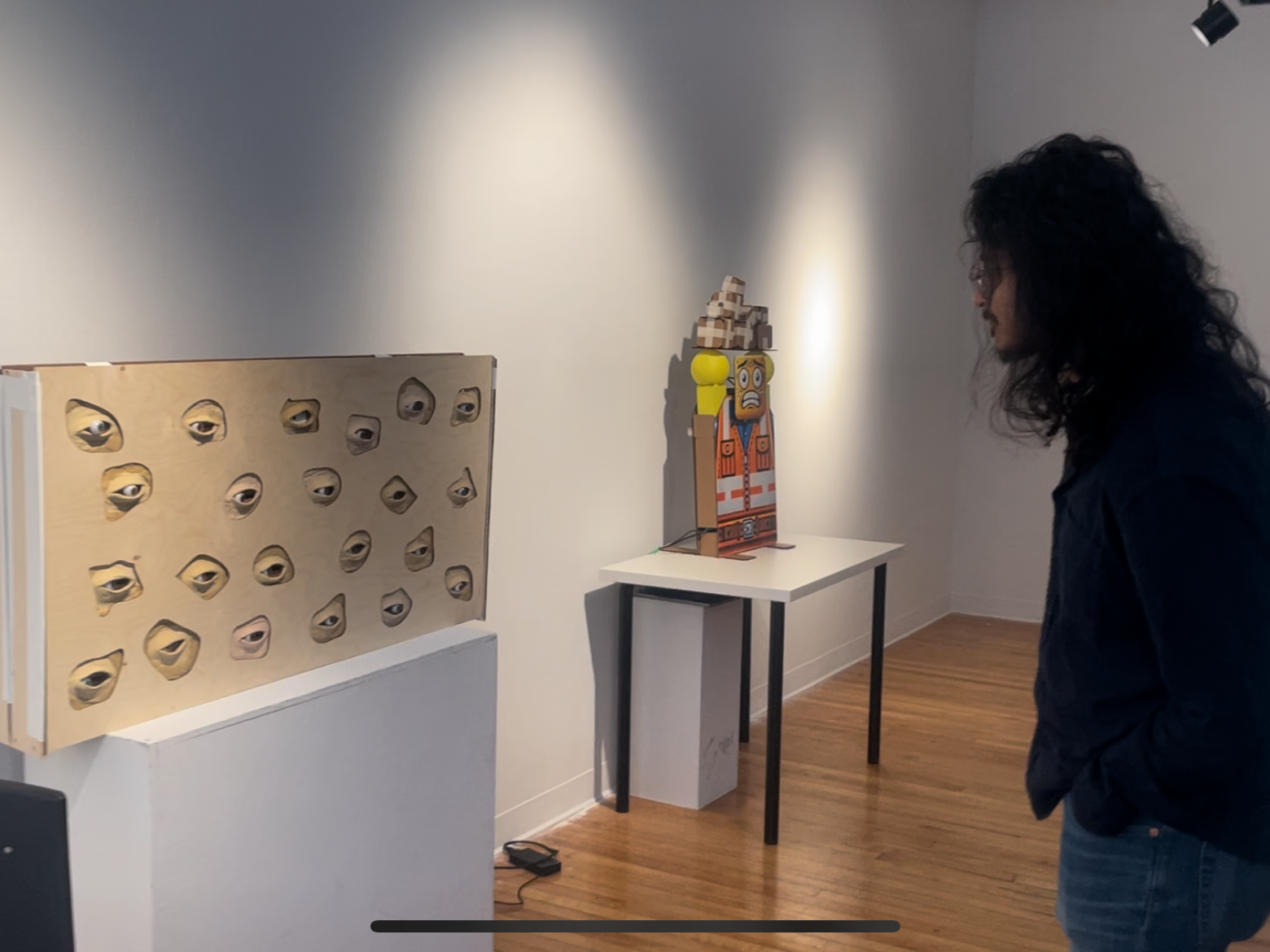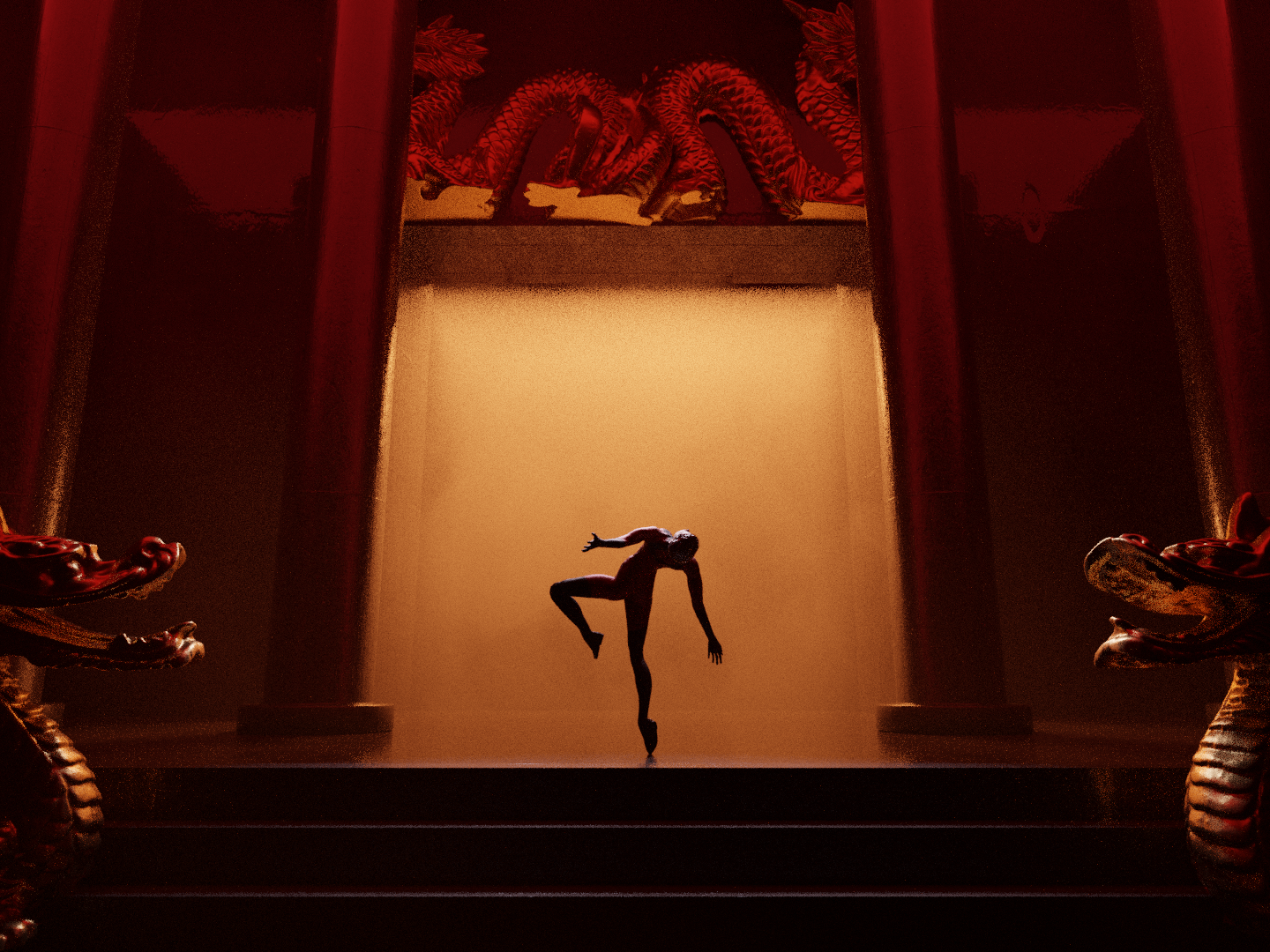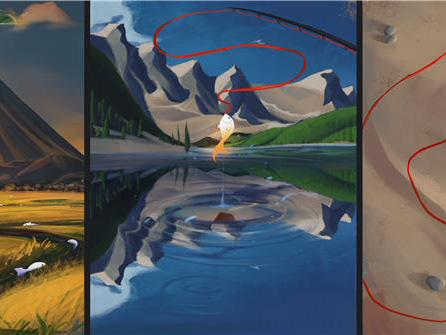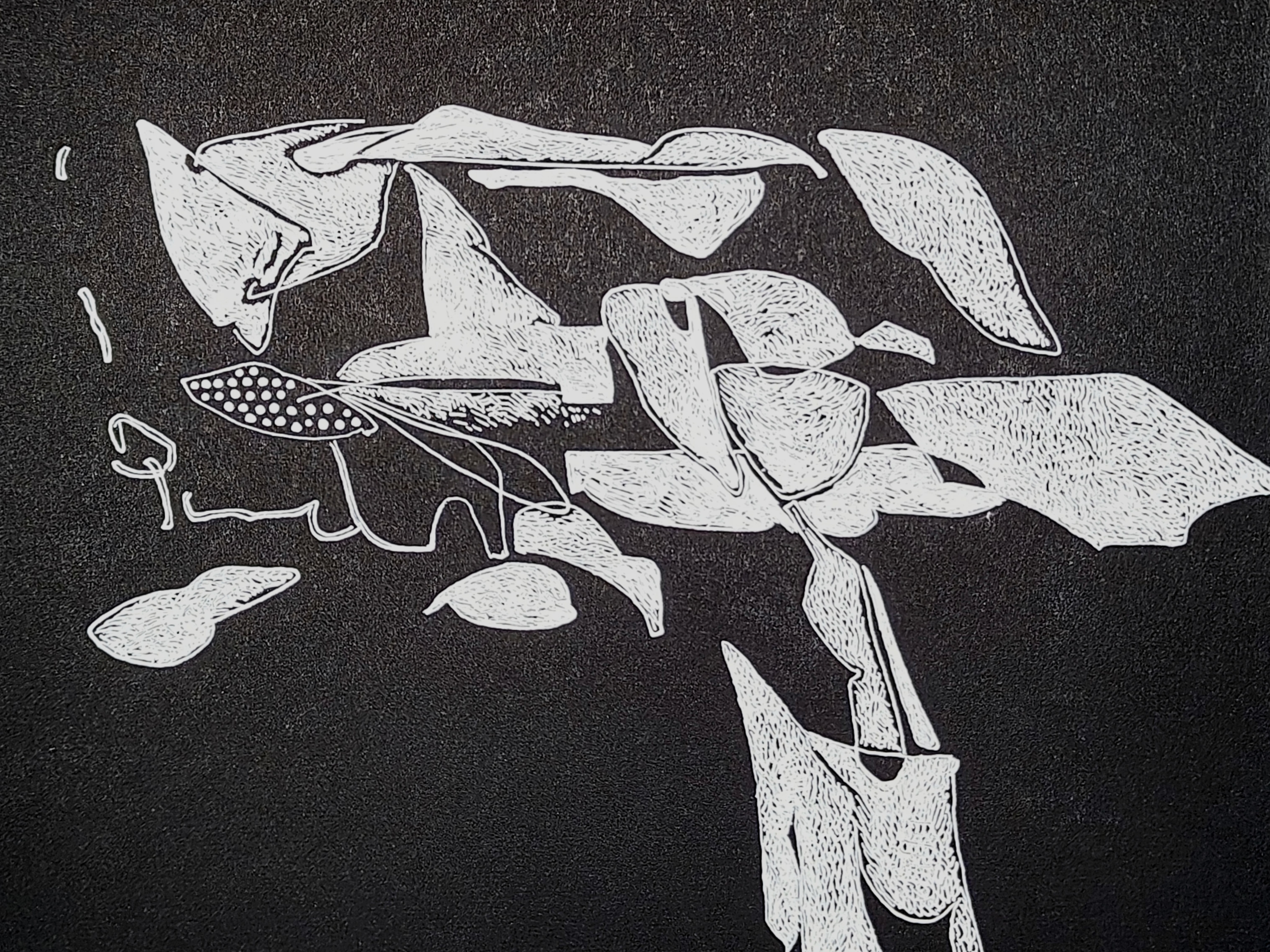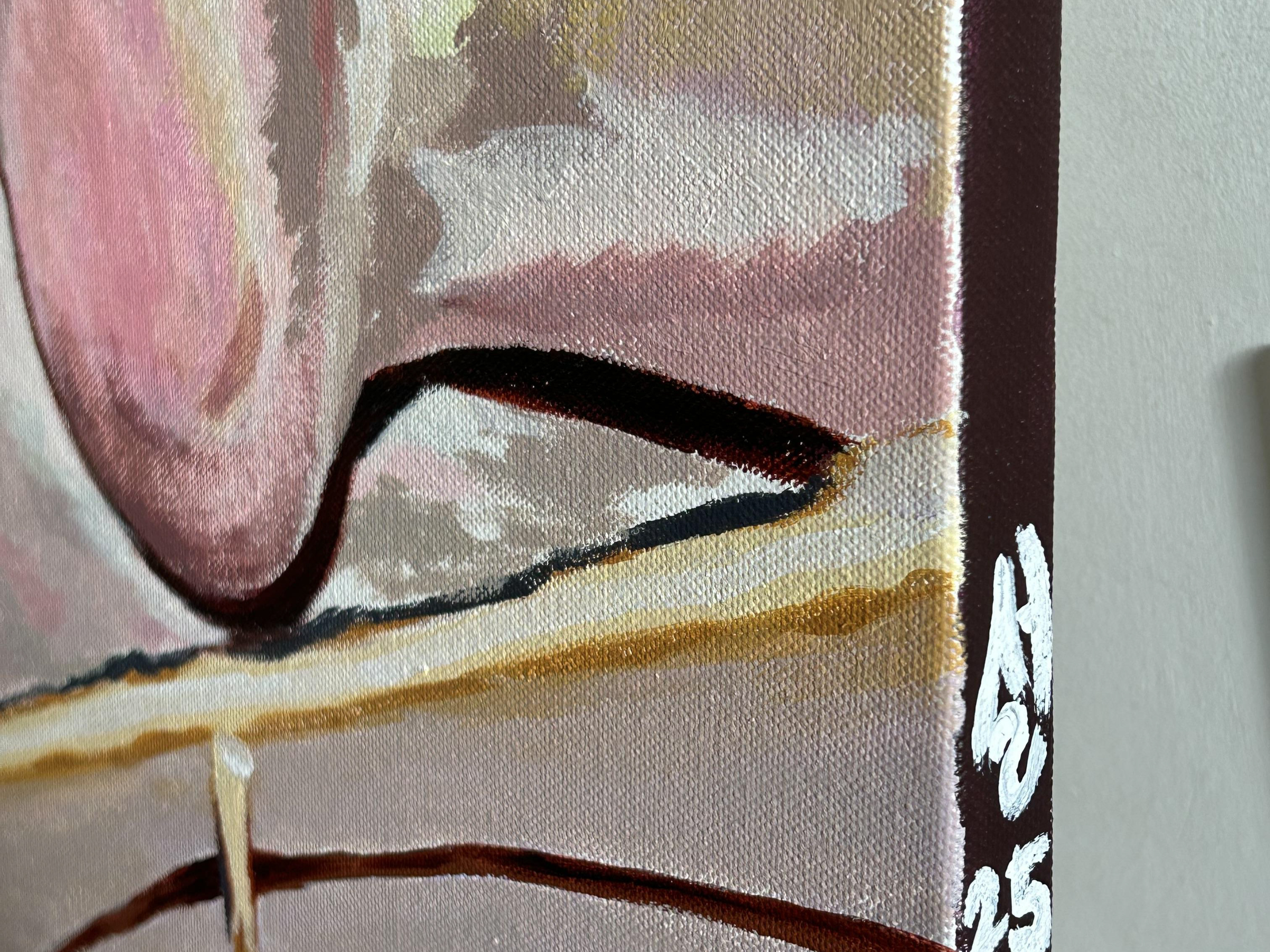Hugo Bernilla is a Peruvian Interdisciplinary Artist and Educator, who is pursuing an MFA in IAMD at OCADU. He holds an MA in Art and Media Practice from the University of Westminster (London, UK) and a BFA in Painting from the National University of Fine Arts of Peru. He works in various mediums, including drawing, painting, photography and sculpture. His work has been included in group and solo exhibitions nationally and internationally. His practice focuses on Identity and Cultural heritage. He has taught Visual Arts, drawing, painting techniques and colour theory to adults and children of all ages for over 15 years.
Lost in my name: Pallar
Wood, MDF, metal clips and porcelain clay, 12 x 51 x 16.5cm, 2024
This work is inspired by an ancestral staple food that was domesticated by Pre-columbian cultures.
Finding this staple food in Canada as Lima bean, It helped me reflect on my individual and collective identity.
In South America, Peru, Spaniards colonial settlers took some staple foods as commodities. Named for the city where the Spaniards first found it, the Lima Bean (Pallares) is one of the oldest beans to come out of the Americas. In Quechua , an indigenous language in Peru, Pallar means: harvest, pick up from the ground.
Thus, the Spaniards renamed Pallares to Lima beans to market them as their products, which came from the capital of their colony, Lima. Thus, having a scientific name, Phaseolus Lunatus, the original name Pallar is mostly known in Peru. losing the connection to the land where this bean comes from plus the different names, part of its identity is lost as well as its origin. My intention is to honor this natural product that has existed for thousands of years and we should care for them.
The ship of Mr Pallares
Wood, MDF, drawing with a heat tool, 35 x 45 x 30 cm, 2024
I created this work, inspired by Mochica Art. For Mochica culture this bean, “Pallares”, was a sacred one. It had a ritualistic and symbolic meaning in Moche culture and was part of the staple food of this indigenous civilization. Pallares are andean beans consumed since ancient times in Peru. Evidence of its existence dates from 6000 to 5000 B.C. and appears represented in the expressive pottery of Moche culture who lived in the coastal valleys of northern Peru. This indigenous ingredient was part of their staple food, Pallares. By using the iconography of Mochicas and the way they render the importance of pallares in their ceramic I want to value the Indigenous Ancestral knowledge.
